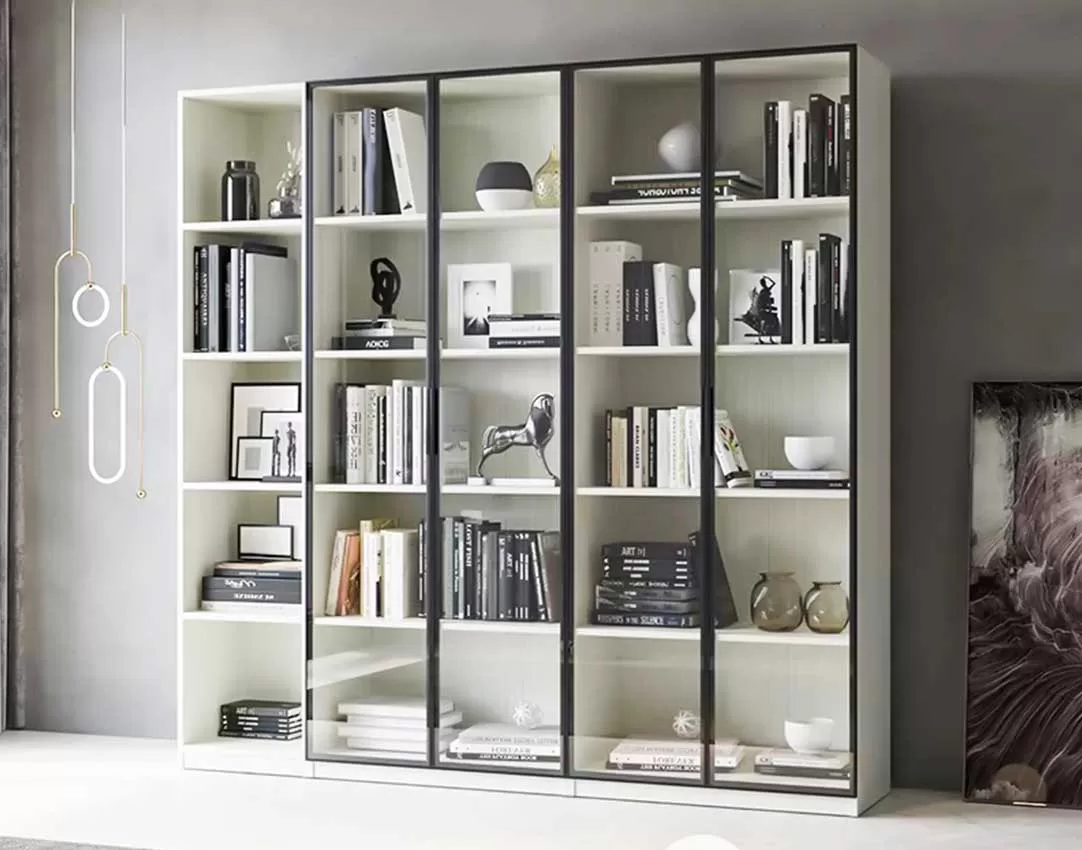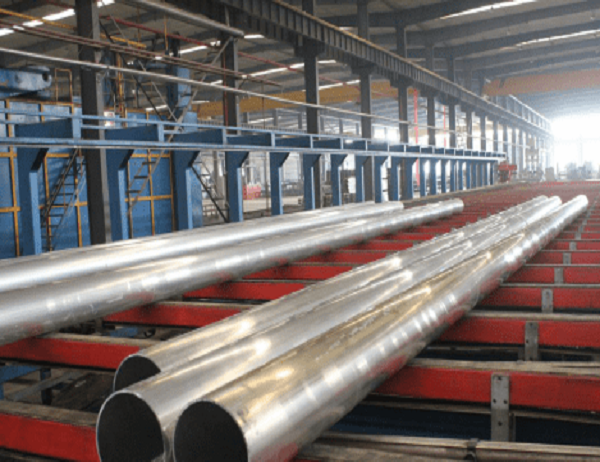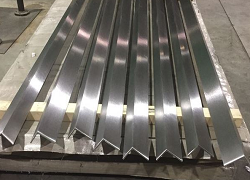The utilization of polished aluminum angles has emerged as a pivotal strategy for augmenting the structural integrity of various engineering projects. These angles, crafted from high-quality aluminum alloys, offer exceptional strength-to-weight ratios, corrosion resistance, and aesthetic appeal. This article delves into the multifaceted benefits of employing polished aluminum angles to enhance structural performance.
Polished aluminum angles exhibit remarkable strength-to-weight ratios, enabling them to withstand substantial loads without compromising their shape or integrity. The high-grade aluminum alloys used in their fabrication possess excellent mechanical properties, ensuring optimal resistance to bending, torsion, and axial forces. Moreover, the polishing process removes surface imperfections, further enhancing their strength and durability.
Aluminum is inherently resistant to corrosion, making it an ideal material for structural applications where exposure to harsh environments is anticipated. Polished aluminum angles undergo an additional anodizing process that creates a protective oxide layer on their surface. This layer shields the metal from corrosive agents, such as moisture, salt, and chemicals, extending the lifespan of the structure.
Polished aluminum angles offer a sleek and aesthetically pleasing finish that complements modern architectural and engineering designs. Their smooth, reflective surfaces create a contemporary look while blending seamlessly with surrounding materials. Additionally, the versatile nature of aluminum allows for intricate fabrication, enabling architects and engineers to create customized angles to meet specific project requirements.
The low density of aluminum makes polished aluminum angles an ideal choice for weight-sensitive applications. Their lightweight nature reduces the overall weight of the structure, facilitating easier handling, transportation, and installation. Moreover, the reduced weight alleviates stresses on foundations and supports, extending their lifespan.
Polished aluminum angles are designed for ease of installation and maintenance. Their lightweight and pre-drilled holes simplify the assembly process. Additionally, the smooth, corrosion-resistant surfaces minimize the need for frequent maintenance, resulting in long-term cost savings and reduced downtime.
The incorporation of polished aluminum angles in structural applications provides numerous advantages, including exceptional strength, durability, corrosion resistance, aesthetic appeal, and ease of installation. By leveraging their unique properties, engineers and architects can create structures that are structurally sound, aesthetically pleasing, and capable of withstanding the challenges of various environments.



